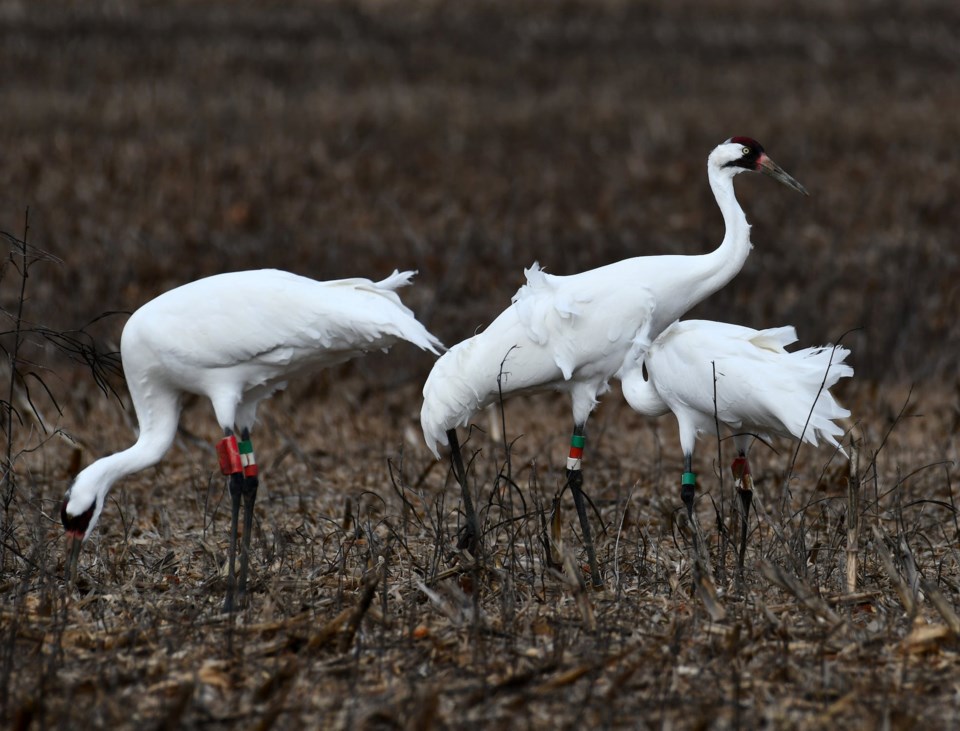The recently updated Red List of Threatened Species, released by the International Union for Conservation of Nature, now includes 157,190 species, up from 128,918 species recorded in the 2020 report.
This year's update also includes the first comprehensive assessment of the world's freshwater fish. About a quarter of the fish species surveyed were identified as being at risk of extinction, with the drought, shifting seasons, rising sea levels, and other effects of climate change on freshwater systems impacting at least 17 per cent of these species.
Nearly 200 species found in Canada are featured in the Red List. While the global risk trends highlighted in the report are affecting Alberta wildlife, the extent of regional impacts is not always captured in the IUCN assessments.
Alberta is in the midst of consecutive drought years, with this fall being the driest on record and water shortages affecting much of the province. Combined with increasing demand for water extraction, many rivers in southern Alberta, and the species that rely on them, are increasingly threatened, said Ruiping Luo, conservation specialist with the Alberta Wilderness Association.
"We are going through drought years here in Alberta. And there's still a lot of a lot of water use a lot of push for expanded irrigation. But there are some concerns about what happens when we don't have enough water. And a lot of these rivers are already threatened or at risk, because of the rather extensive water that's being withdrawn from them," Luo said.
"There are a lot of a lot of freshwater fish and amphibians that depend on these rivers. And they do also impact the nearby plants and riparian habitats."
Though neither the Great Plains Toad nor Western Tiger Salamander are listed as species of global concern, both are experiencing population declines in the province, Luo said.
Similarly, the Sage Grouse has stable numbers just south of the border but is one of the most threatened birds in Canada.
"Sage Grouse in Alberta are likely to be extirpated unless there is stronger action taken to protect their habitat and to conserve the species," Luo said. At last count, there were as few as 18 males in the province, and a total population of roughly 70, "and so most likely that's not a stable population."
For Sage Grouse and other at-risk species, preventing further decline means protecting existing habitat and restoring habitat that was lost.
IUCN President Razan Al Mubarak said in a news release that the updated Red List also shows the "power of coordinated local, national and international conservation efforts," as some species once on the verge of extinction have started to rebound.
Endangered Whooping Cranes numbers are now increasing, thanks to coordinated conservation efforts in the U.S. and Canada. Along with captive breeding and reintroduction programs, wintering habitats in the U.S. have been established as protected areas "so that they could overwinter without fear of being hunted," Luo said.
"Part of (Whooping Crane recovery) was research into where their migration routes are and what they need to recover. That information is being used to try and store things like wetlands," she said. "I think a lot of it had to do with understanding what the species needed, and protecting those areas."



